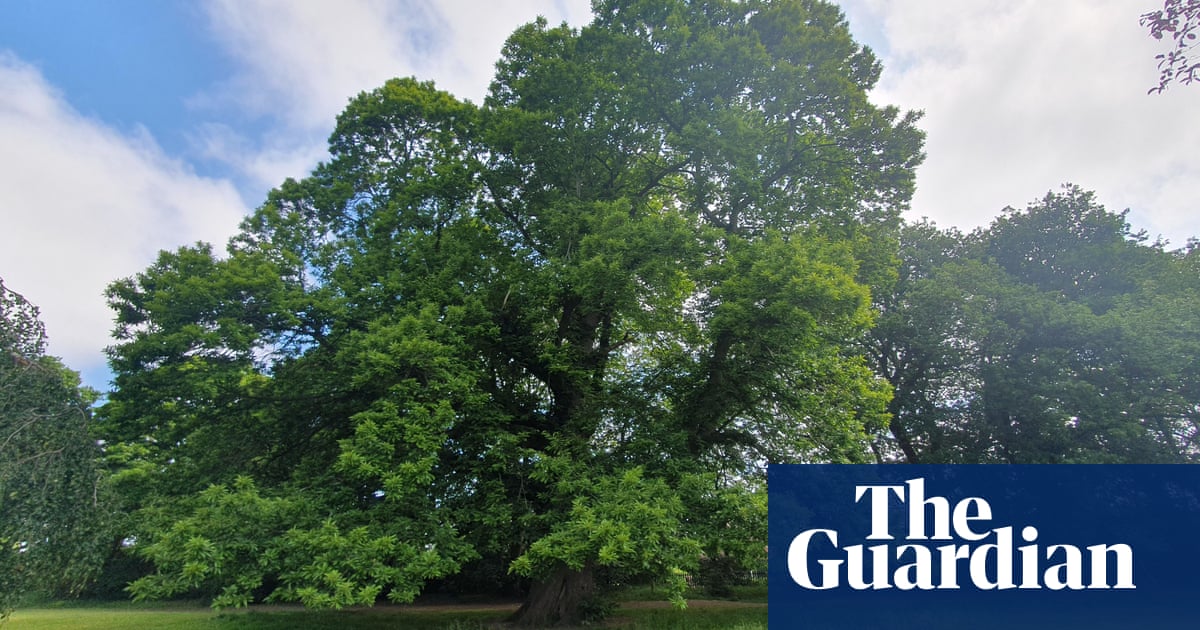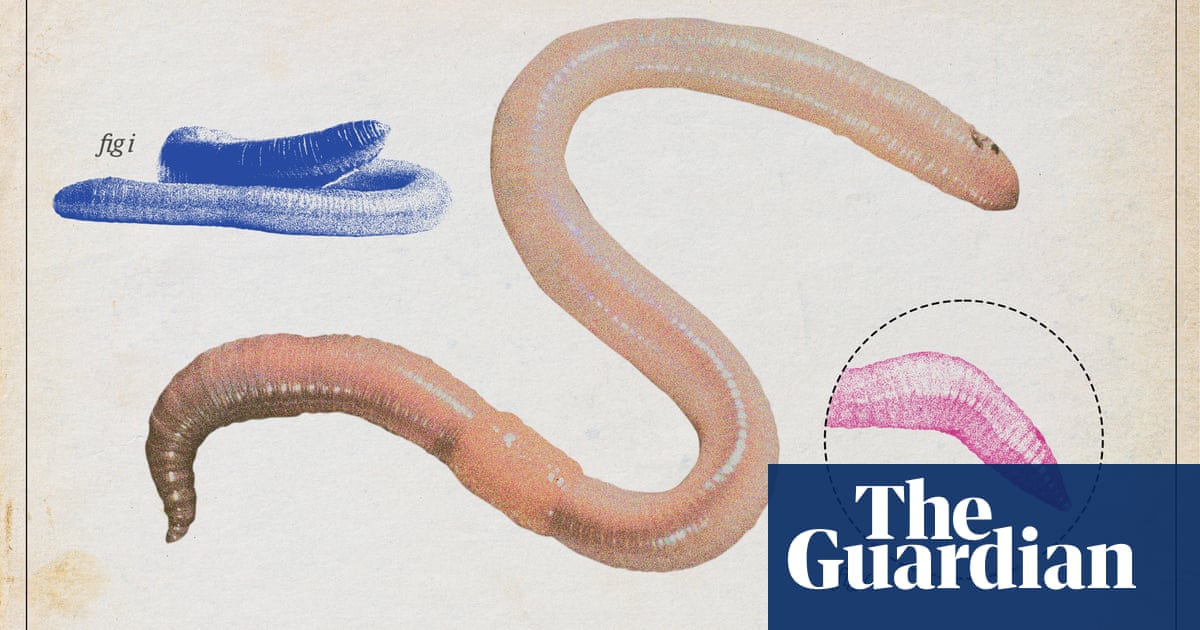
A gnarled yew whose twisted trunk has been growing for more than half a millennium has been crowned tree of the year.
The roots of the yew snake around the ruins of Waverley Abbey in Surrey, which was the first monastery founded in Britain by the Cistercian religious order in 1128.
The ancient tree, which won 16% of the total votes in the popular Woodland Trust competition, beat the spectacular “portal tree” in Midlothian (11%), a rowan shaped like an archway.
The Waverley Abbey yew will go on to represent the UK in the European tree of the year contest, with its success highlighting the unique wealth of ancient yews in the country.
The Ancient Yew Group has identified 978 ancient or veteran yews (more than 500 years old) in England and 407 in Wales; France has 77, while Germany and Spain have only four each. Scotland is home to the Fortingall yew, estimated to be about 3,000 years old and the oldest yew in Britain.
Ancient yews and other ancient trees enjoy far less legal protection than many old buildings, and the Woodland Trust is seeking to change that.
Tom Reed, a citizen science officer at the Ancient Tree Inventory at the Woodland Trust, said: “It is great to see this magnificent tree has been recognised as tree of the year 2022. The way the tree is rooted within the ruins of the abbey is a great symbol of the fact that our ancient trees are intertwined with other aspects of our cultural heritage.
“We’re calling for greater protection for these living legends, so they are cared for in the same way as our historic buildings.”
Dr Michael Carter, a senior properties historian at English Heritage, which looks after Waverley Abbey, said: “The yew tree at Waverley Abbey has been witness to history for nearly 500 years. While the exact age of the yew is unknown, it is likely that it has watched over the abbey grounds since shortly after the dissolution of the monasteries in 1536 – and has seen its surroundings transformed from a thriving religious community into a picturesque ruin.”
In third place, with 10% of the votes, was the “layering horse chestnut” in Derbyshire, which was likely to have been struck by lightning in the past, causing a hollowed and decaying truck with new roots regrowing from the fallen branches.
Previous winners of the Woodland Trust’s tree of the year competition include a wind-sculpted hawthorn on a Scottish beach, and the Cubbington pear, one of the largest trees of its kind in the country, which won in 2015 but was felled in 2020 because it was in the path of the HS2 high-speed railway line.












